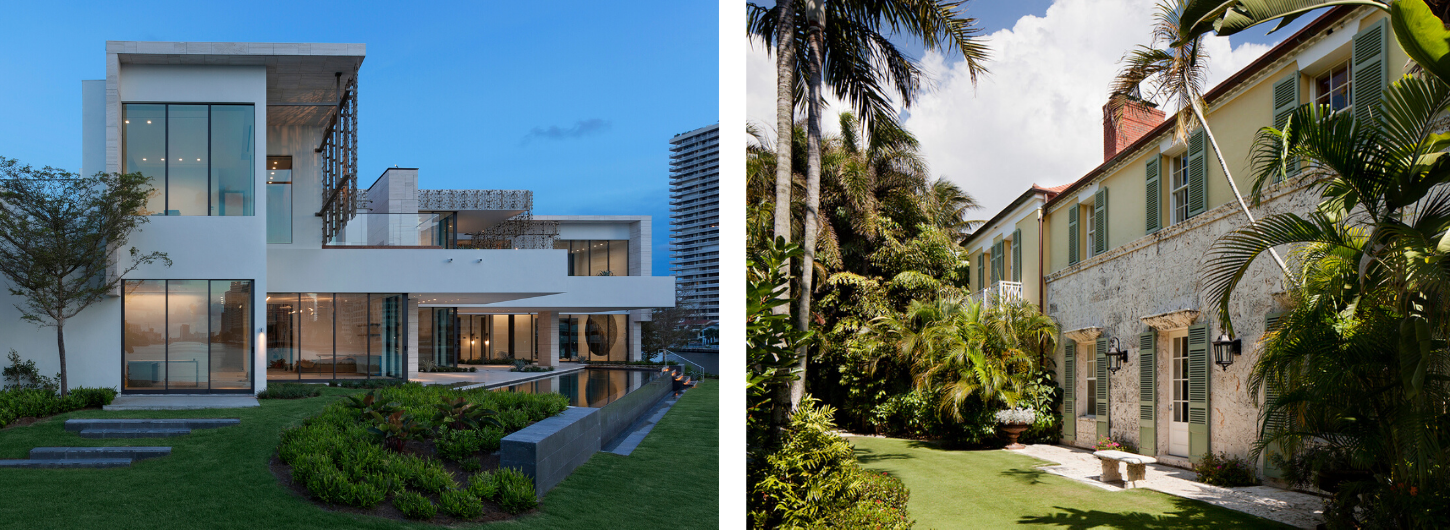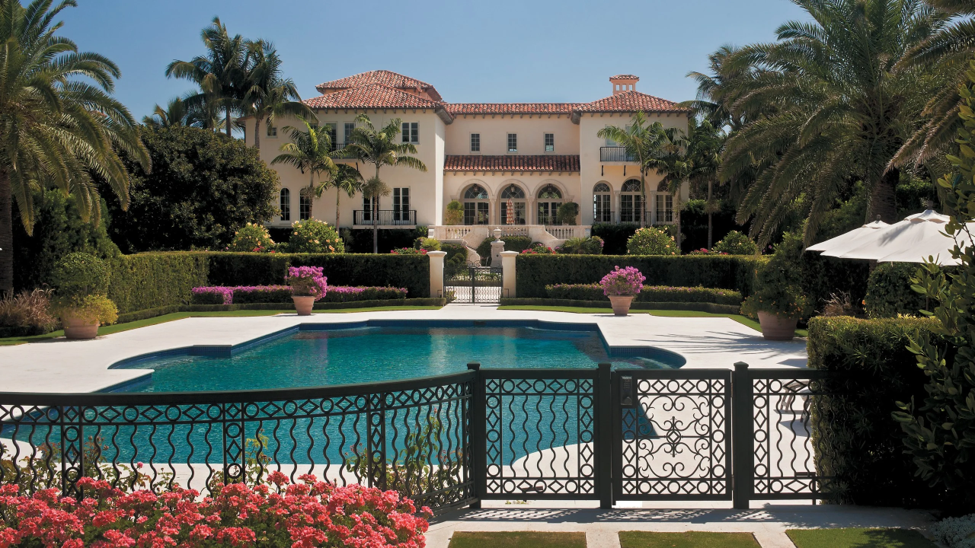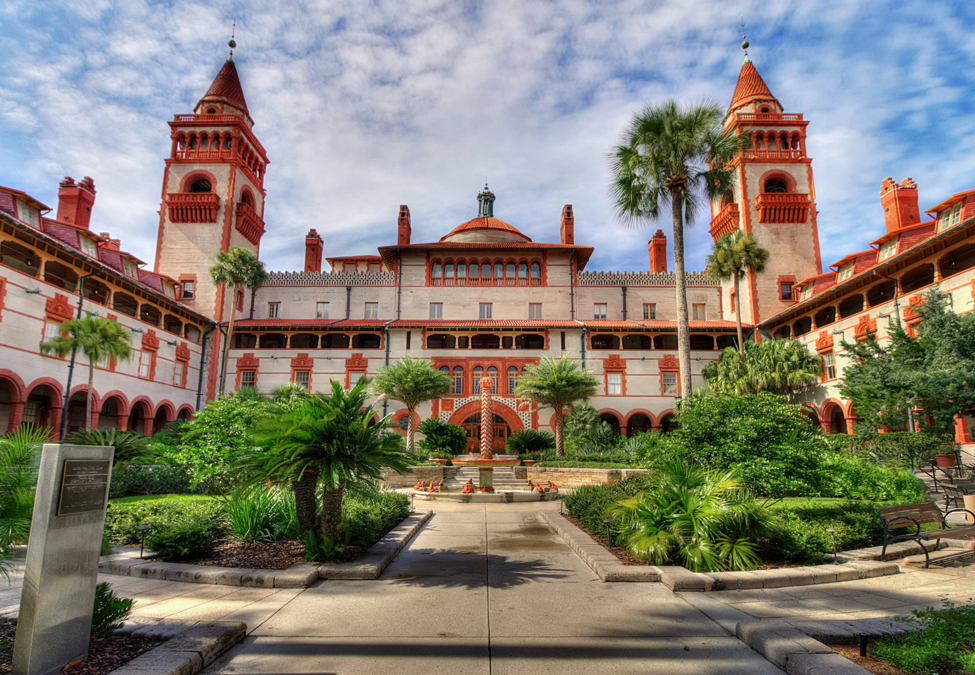Whether you are a full-time Floridian, a seasonal one, or just a vacationer, you’ve surely noticed the signature Spanish and Mediterranean architecture that spreads down our coasts. There are many distinguishable Landmarks and historical structures that tell the story of Florida’s past, alongside homeowners looking to construct houses that pay homage to that history and style. We acknowledge that contemporary designs are now enormously popular and a fair share of homes with natural materials, clean lines, and windows galore are being built in place of these classic Florida style estates. But, no matter the ever-changing architectural trends, the designs that Floridians have known for centuries are continuing to be restored and developed.

To fully appreciate the style of Florida homes, you must first understand a very brief and summarized lesson on the history of the State. In 1513, Juan Ponce de León, responsible for naming the state, arrived from Spain in an area now known as St. Augustine. The French tried to colonize the land, establishing Fort Caroline near Jacksonville, but were overthrown by the Spanish who developed the first European permanent settlement in St. Augustine in 1565. Spain had control of Florida, building forts and missions, until the British took control in 1763 in exchange for Cuba. But, in 1784, Spain regained control of Florida thanks to the peace treaty that ended the American Revolution. After years of “Americanization”, in 1821 Spain surrendered Florida to the United States. More than 300 years of battling over our beautiful state and Spain was the first and most prominent influencer of the early building style.
In their Spanish Architecture photo gallery, Florida Memory explains that “many of the state’s most iconic buildings, such as grand hotels, cathedrals, and civic buildings, were constructed during the Spanish Colonial revival and Mediterranean revival periods of architecture.” This lends to features such as smooth stucco walls, red barrel tile roofs, and curved gables. Addison Mizner joined the scene in 1918 and contributed his unmistakable style that is celebrated and mended today across Palm Beach County. Also, in the early 1900’s, Henry Flagler began building Spanish style structures, such as Ponce De Leon Hotel and Grace Methodist Church in St. Augustine. Architect Francis Abreau also contributed Mediterranean revival style designs in the Fort Lauderdale area.
The rich history of the Sunshine State means that not only do we have the oldest city in America (St. Augustine) but countless early structures and important historical buildings such as the Hemingway House in Key West, Villa Vizcaya in Miami, Whitehall in Palm Beach, Old City Hall in Boca Raton, and Marjory Stoneman Douglas’s Cottage in Coconut Grove. In South Florida especially, we see a mixed bag of styles in newly constructed homes and commercial spaces. There is no specific type of architecture that we conform to. Even so, these designs are part of our history and we are always incredibly honored to restore or create buildings that commemorate the Spanish influence and Mediterranean style that La Florida originated from.


